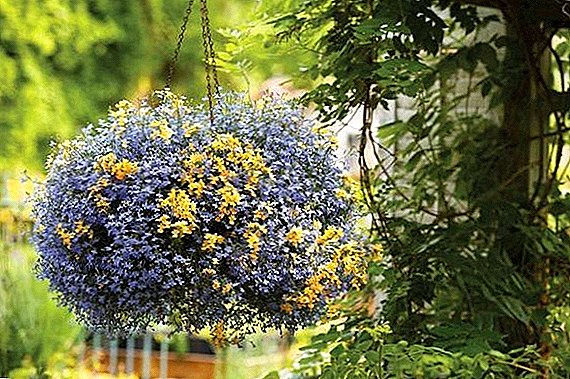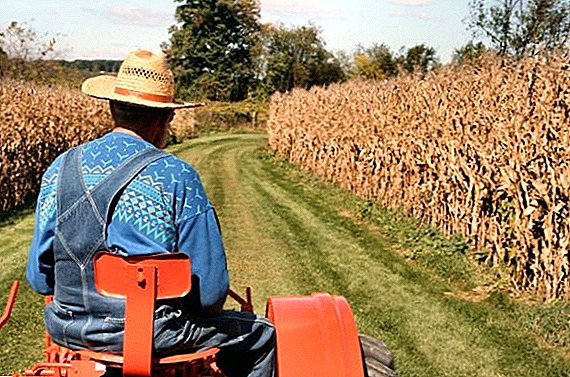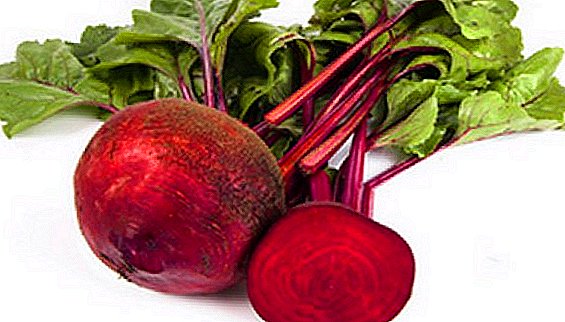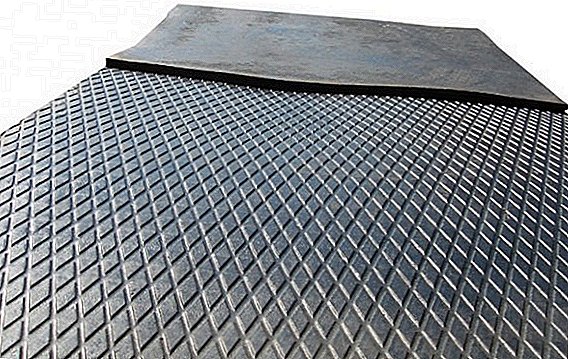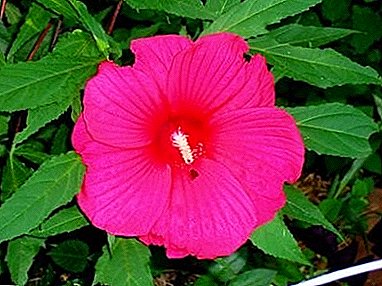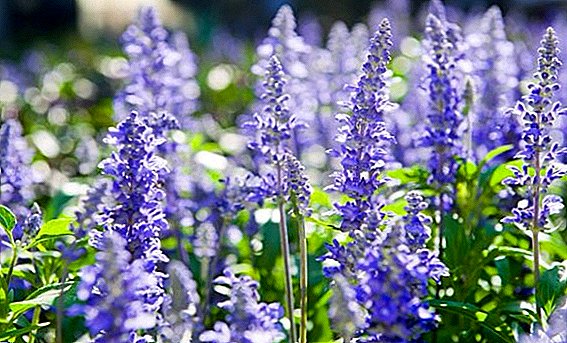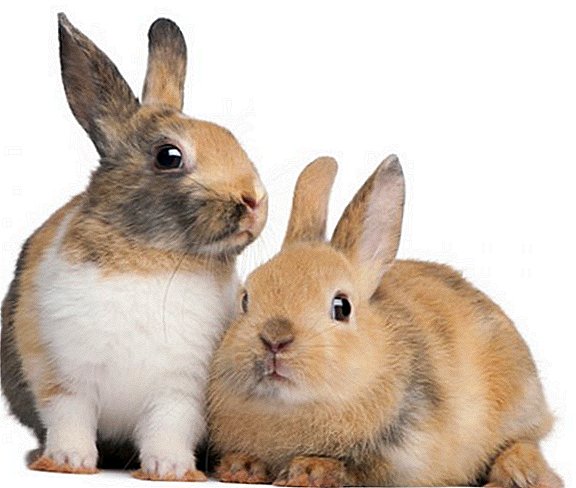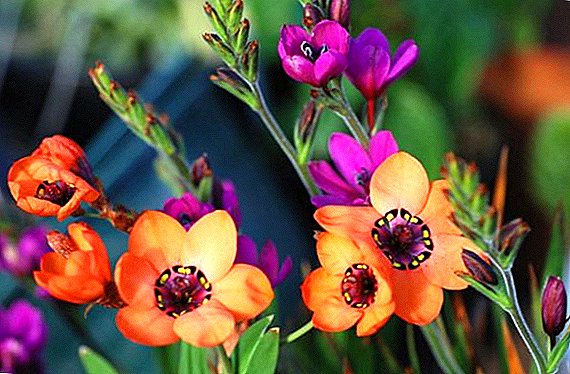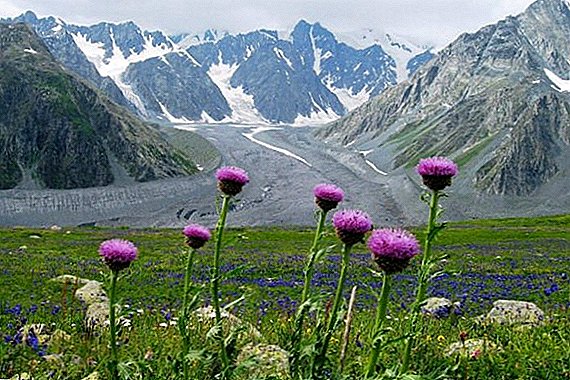 Maralov grass, maral root, Altai grass - this is the name of Levzeyu in Altai.
Maralov grass, maral root, Altai grass - this is the name of Levzeyu in Altai.
Knowledgeable people call tea from this medicinal herb an elixir for fatigue.
In this article, we get acquainted with levzeya, the rules of planting and caring for it, a description and photo of the grass.
Leuzea safflower: description
In the natural environment, the plant can be found in the highlands of the Altai, Sayan, Dzhungarsky and Kuznetsky Alatau, in Central Asia, Eastern and Western Siberia.
Maral root in botanical description - it is a tall perennial of more than one and a half meters, with a well-developed root system consisting of a thick central rhizome and the numerous roots surrounding it.
The grass is straight, thick and hollow inside with pubescent stem. The leaves are not fleecy, dissected, elongated, with a jagged edge of a juicy green color. Flower Leuzea pink or purple with numerous tubular petals.
The bud is located on a large basket in the form of a cone with a scaly wrapper.
Did you know? Levzeya is safflower in traditional medicine of Altai, where it grows in abundance, has been used for more than two hundred years. The indigenous people of the region noticed that grass roots regularly eat deer, and also began to use it to recuperate. The first official information about the medicinal properties of the plant was collected by the Russian botanist Grigori Nikolaevich Potanin in 1879.
Preparatory work and landing time Levzei
Land under Leuzeu, or maral root, it is desirable to choose a sublime, better on the south side. The passage of groundwater should be at least two meters from the surface, the ground is light, drained, rich in humus.
When is it best to plant levzeyu (spring and autumn planting)
In the mountainous area, where the Leuzea safflower grows, its seeds, ripening in the fall, fall into the ground, but do not germinate, so as not to die in the early frost, but wait for spring. Therefore, in the dacha plant a plant in early spring.
In early spring you can sow such flowers as viola, daisies, iberis, rudbeckia, marigolds, asters, and delphiniums.
How to prepare the ground for planting maral root
The soil for the maral root before planting is treated with deep plowing, cleaned of weeds and remnants of last year's vegetation. To increase the yield, it is recommended to bring the dung-peat mixture into the soil at the rate of 10 liters per square meter.
Seed preparation for planting
Levzey is an unpretentious flower, but for the success of its seeds must undergo a process of stratification. To do this, they are kept for 48 hours in an aqueous solution with gibberellin (the drug is commercially available in gardening stores), and then placed in boxes with wet sand in a cold place for a month or two.
Planting rules Leuzea safflower
Levzey with proper fit will not be demanding to care. The best predecessors for the culture in the garden will be legumes. Before sowing, the site is once again cleaned, if necessary, the earth is dug up 5-7 cm in depth and leveled with a rake.
Seeds are sown either by furrows, to a depth of 2 cm, or by square-nested method according to the scheme 45x45. To increase the yield and for the possibility of high-quality weeding, leave between the rows up to half a meter. After planting, the surface of the soil is well moistened and mulched, the mulch will allow to preserve the moisture necessary for germination longer and protect the surface from drying out and the formation of a crust.
How to care for leuzey: agricultural cultivation
When growing from seeds, Leuzey is especially vulnerable in the first year of development: the green mass grows slowly and undergoes oppression from weeds. 
Soil care
The entire growing season beds are weeded, the soil is loosened and cleaned of weeds. The beds must be thinned: a square meter plot normally grows no more than 10 strong plants, the weaker ones are removed.
Important! Young shoots need regular hydration. If there is no precipitation for a long time, then, in addition to irrigation, spraying can be carried out.
In general, Leuzea is not capricious when growing and caring, it is well adjacent to the plants in the garden and in the garden. The main conditions for a good harvest: lighting, moisture, clean soil, preferably mulching, to protect the roots from overheating.
Plant nutrition
Culture responds well to organic and mineral fertilizers. Before planting, it is better to use organics, and in the future you can alternate with mineral complexes.
Feeding is carried out not often: in spring and in August for better root nutrition. In the mineral complex, the following proportions are observed: 10 g of nitrogen and potash and 20 g of phosphate fertilizers per square meter. From organics, preferably compost or 10 l per square manure. m
Did you know? Mongolian healers call the plant a strong root, using it to treat the reproductive system and sexual impotence. The grass in China and Tibet has been known for more than five thousand years, from where it was carried by European healers along trade routes.
Levzeya safflower (maral root): harvesting and storage of the crop
Levzeya is grown as a medicinal plant for the sake of its root; it is it that serves as raw material for pharmacological preparations and treatment products in traditional medicine.
The plant is removed when it reaches three years of age, in August, they remove baskets of seeds for harvesting planting material. The ripeness of seeds can be determined by two or three outer circles: they reach a brown color when ripe.
Important! Seeds like plants to feast on birds to protect them, seed baskets are wrapped with gauze after ripening.Boxes are dried, shake out the seeds and placed in tissue bags for storage. Store planting material in a cool dry place until spring.
Rhizomes of Leuzea safflower or marale root are harvested in late autumn, just before the frost. Carefully dug raw materials are cleaned from sticking earth, removed tops, washed and dried. It is advisable to wash the roots as quickly as possible so that nutrients are not washed out and the quality of the raw materials does not decrease. Drying consists in drying in the shade during the day and then drying at a temperature not lower than 50 ° C. The finished raw material is stored in wooden boxes for up to three years.
Carefully dug raw materials are cleaned from sticking earth, removed tops, washed and dried. It is advisable to wash the roots as quickly as possible so that nutrients are not washed out and the quality of the raw materials does not decrease. Drying consists in drying in the shade during the day and then drying at a temperature not lower than 50 ° C. The finished raw material is stored in wooden boxes for up to three years.
Find out about the beneficial properties of the maral root.
A seemingly unsightly culture, more like a weed, is known for its tonic and restorative properties. Self-cultivated plant is an excellent remedy for insomnia, mental and physical overstrain and reduced immunity.


